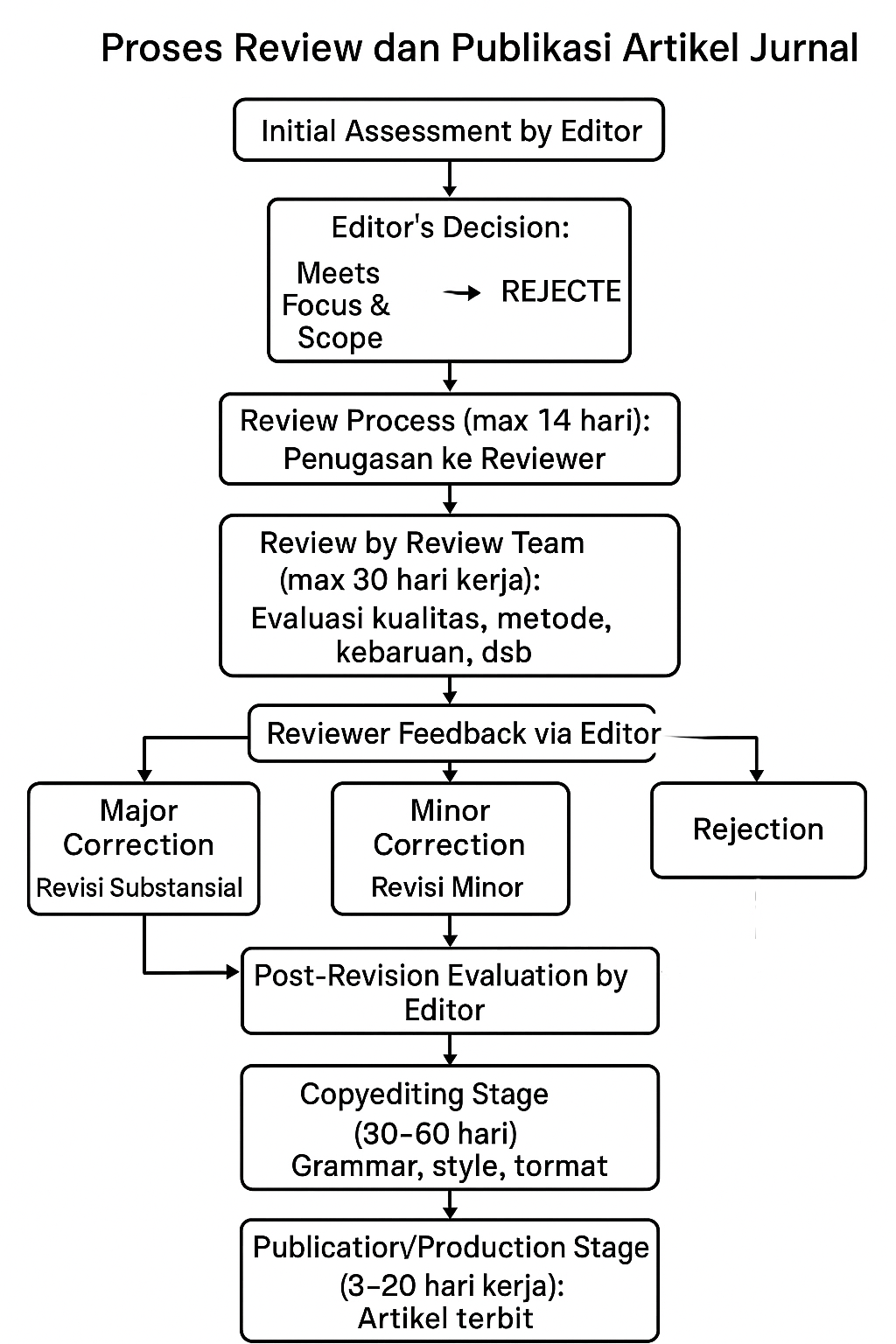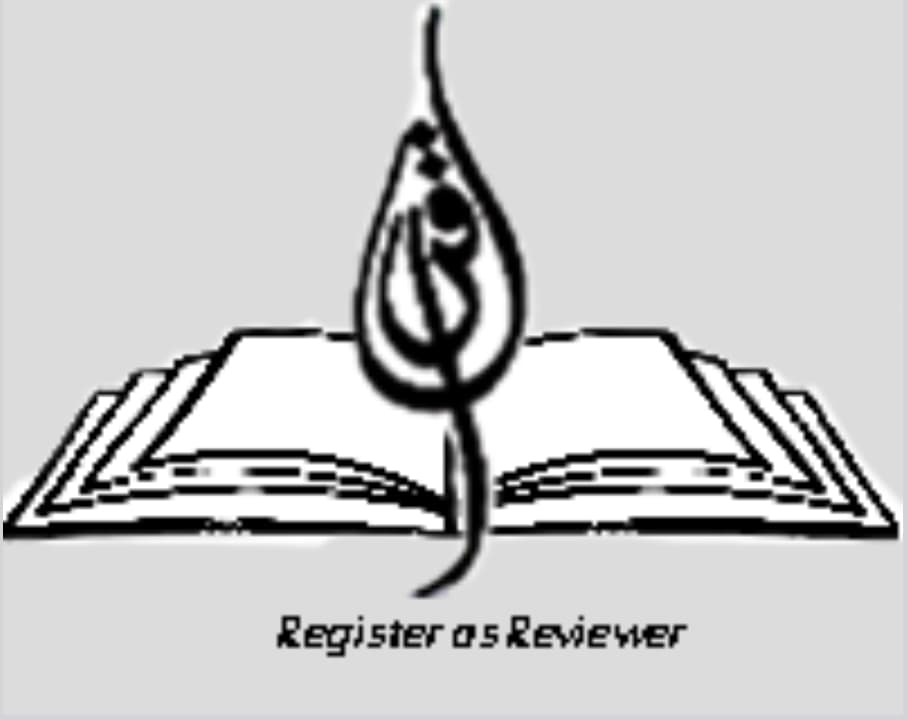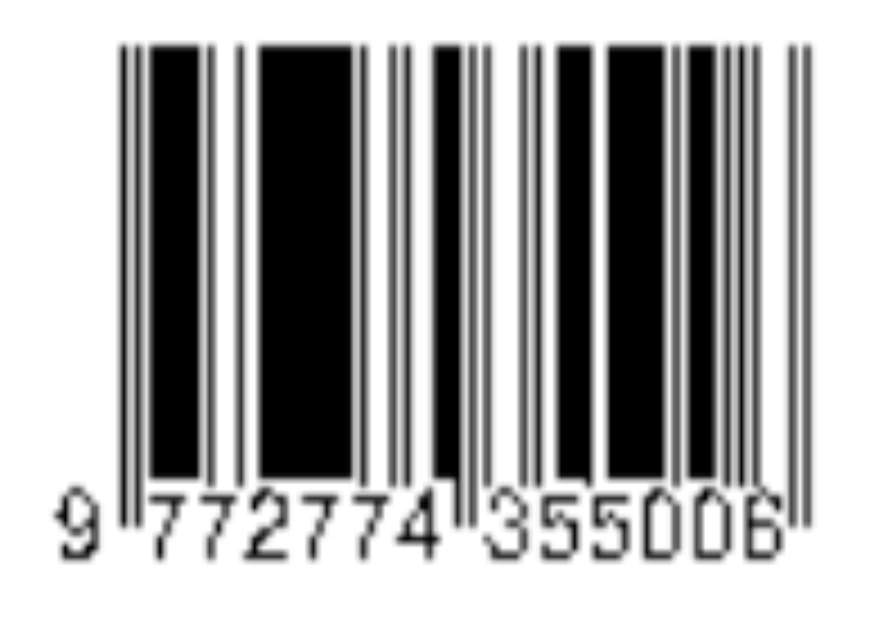Author Guidelines
TYPE OF PAPER
The Journal of Sharia Economics welcomes original research papers, conference/seminar/workshop papers, case studies, book reviews, and technical reports in English and Indonesian. CRITERION Submitted papers should meet the internationally accepted criteria, and manuscripts should follow the author guidelines of the journal for the purpose of both reviewing and editing. Articles should be in Microsoft Word format (doc, docx, or rtf) and submitted electronically by logging in to our website via OJS.
ARTICLE
Articles should be between 3000 and 8000 words long, excluding references, appendices, tables, and figures. In general, an article should consist of the following:
- Title. The title should be concise and specific.
- Name and affiliation. All submitted papers should be accompanied by short biographies of the author(s) that consist of the author/s' full name, place and date of birth, education, occupation, address, and affiliation along with a valid email address.
- Abstracts. Abstracts of 150-250 words are required for all articles submitted.
- Keywords. Each article should contain a minimum of 3 keywords.
- Introduction. The introduction should consist of background, research problem, objective, and hypothesis (if any).
- Methodology. In general, it comprises research design, data collection techniques, and data analysis.
- Literature review. This part covers previous research and theoretical studies that are employed to build the research framework.
- Result and discussion. This part discusses the research findings based on data analysis. The researcher should analytically interpret the data and linked it to the theoretical framework.
- Conclusion. The last part of the article and should consist of a conclusion and suggestion or recommendation.
- Citation. Journal of Sharia Economics utilizes in-notes (body notes) format using Chicago Style . The author is required to employ citation software (such as Mendeley, EndNote, Zotero, and so on). The information regarding this style can be found at the following link: https://owl.english.purdue.edu/owl/resource/560/01/
REFERENCE
It is placed in the very last part of the article. It should refer to the resources cited in the article. The writing should comply with the following examples:
- Book: McChesney, Robert Duncan. (1991). Waqf in Central Asia: Four Hundred Years in the History of a Muslim Shrine, 1480-1889. Princeton, N.J.: Princeton University Press.
- Chapter in Book: Duska, Ronald, & Clarke, James J. (2001). Ethical Issues in Financial Services. In Norman E. Bowie (Ed.), The Blackwell Guide to Business Ethics (pp. 10). New Jersey: Blackwell Publishing.
- Online source: Laerd-Statistics. (2015). Kruskal-Wallis H Test using SPSS Statistics. Retrieved from https://statistics.laerd.com/spss-tutorials/kruskal-wallis-h-test-using-spss-statistics.php
- Newspaper: Rahman, Ainur. (2011, 6 April 2012). Menghapus Nila Setitik di Bank Syariah. Majalah Stabilitas.
- Journal article: Wan-Ahmad, Wan Marhaini, Ab-Rahman, Asmak, Ali, Nor Aini, & Che-Seman, Azizi. (2008). Religiosity and Banking Selection Criteria among Malays in Lembah Klang. Shariah Journal, 16(2), 279-304.
- Unpublished works (thesis/dissertation): Mustamil, Norizah Mohd. (2010). The Influence of Culture and Ethical Ideology on the Ethical Decision-Making Process of Malaysian Managers. (Doctoral Thesis), Curtin University of Technology.
- Proceeding: Musa, Muhammad Adli. (2011). Islamic Business Ethics & Finance: An Exploratory Study of Islamic Banks in Malaysia. Paper presented at the 8th International Conference on Islamic Economics, Doha, Qatar.
- Miscellaneous. Other related concerns should be referred to the sample article provided or contact our technical team via email: mes.pps@ar-raniry.ac.id
TEMPLATE
For consistency and convenience, please use the template we already prepared for the author(s).
===================================================================================
Editorial Workflow Process of Journal of Sharia Economics

- Initial Assessment by the Editor:
The journal editor will first examine your article. The main focus at this stage is to ensure that the article’s content aligns with the journal’s focus and scope. - Editor's Decision:
- Meets Focus and Scope Criteria: If the editor finds your article relevant to the journal’s focus and scope, it will proceed to the next stage.
- Does Not Meet Focus and Scope Criteria: If the article is deemed not suitable, it will most likely be rejected at this stage without entering the review process.
- Review Process (Maximum 14 Days):
Articles that pass the initial editorial assessment will enter the review process. At this stage, the article is sent to reviewers who are experts in the subject matter of your article. This review assignment stage is expected to take a maximum of 14 days. - Review by the Review Team (Maximum 30 Working Days):
Once assigned, the review team will conduct a thorough evaluation of the scientific quality, methodology, novelty, and other aspects of your article. This review process has a time limit of up to 30 working days. - Feedback from Reviewers via the Editor:
After the review process is completed, you will receive feedback from the reviewers through the editor.- This feedback will be one of the following decisions:
- Major Correction: Your article is essentially accepted but requires substantial and comprehensive revisions based on the reviewers’ comments and suggestions. You must address all identified issues before the article can be considered for publication.
- Minor Correction: Your article is deemed acceptable with only minor corrections or slight improvements. Once you make revisions as suggested, the article is likely to be accepted for publication.
- Rejection: Your article is not accepted for publication in this journal. This decision means the reviewers found fundamental flaws or that the article does not meet the journal’s publication standards. In such cases, you cannot proceed with the same article in this journal.
- Post-Revision Evaluation by the Editor:
After the author completes the revisions based on reviewer feedback, the next steps are: - Copyediting Stage:
Once the editor accepts the revised article, it moves to the copyediting stage. Here, the article will be thoroughly reviewed for grammar, spelling, punctuation, writing style, and formatting to meet the journal's publication standards. This stage typically takes 30–60 days. - Publication or Production Stage:
After the copyeditor completes their task, the article enters the publication or production phase. This stage usually takes 3–20 working days until the article is ready for publication in the final volume and issue.












